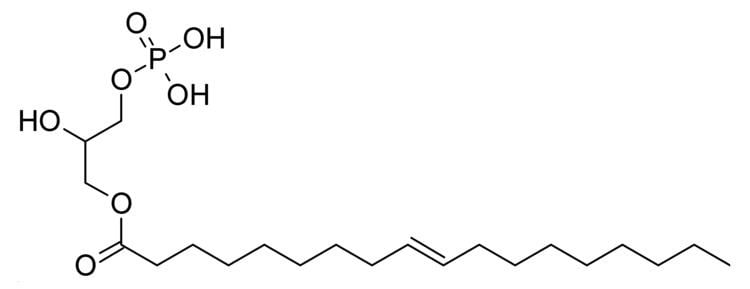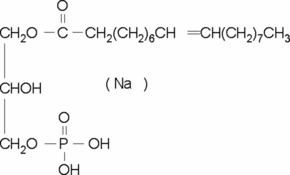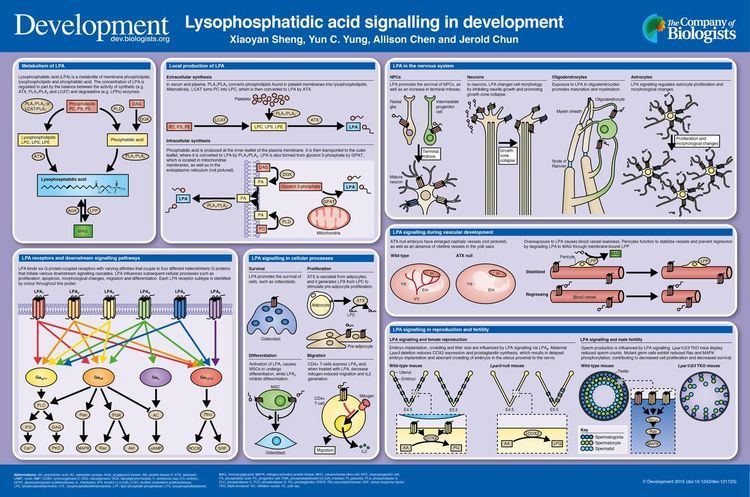Formula C21H41O7P | Molar mass 436.52 g/mol | |
 | ||
Fibroblastic reticular cell derived lysophosphatidic acid regulates confined intranodal t cell
Lysophosphatidic acid (LPA) is a phospholipid derivative that can act as a signaling molecule.
Contents
- Fibroblastic reticular cell derived lysophosphatidic acid regulates confined intranodal t cell
- Definition of a novel pathway centered on lysophosphatidic acid to recruit monocytes
- Function
- Clinical significance
- GTPase activation
- Metabolism
- References
Definition of a novel pathway centered on lysophosphatidic acid to recruit monocytes
Function
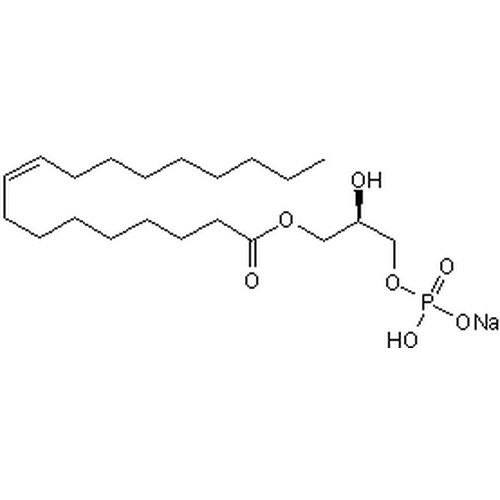
LPA acts as a potent mitogen due to its activation of three high-affinity G-protein-coupled receptors called LPAR1, LPAR2, and LPAR3 (also known as EDG2, EDG4, and EDG7). Additional, newly identified LPA receptors include LPAR4 (P2RY9,GPR23), LPAR5 (GPR92) and LPAR6 (P2RY5,GPR87).
Clinical significance
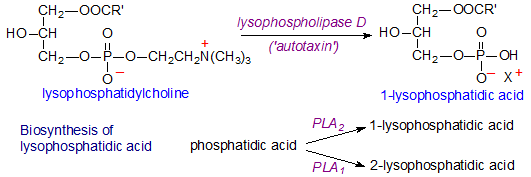
Because of its ability to stimulate cell proliferation, aberrant LPA-signaling has been linked to cancer in numerous ways. Dysregulation of autotaxin or the LPA receptors can lead to hyperproliferation, which may contribute to oncogenesis and metastasis.
LPA may be the cause of pruritus (itching) in individuals with cholestatic (impaired bile flow) diseases.
GTPase activation
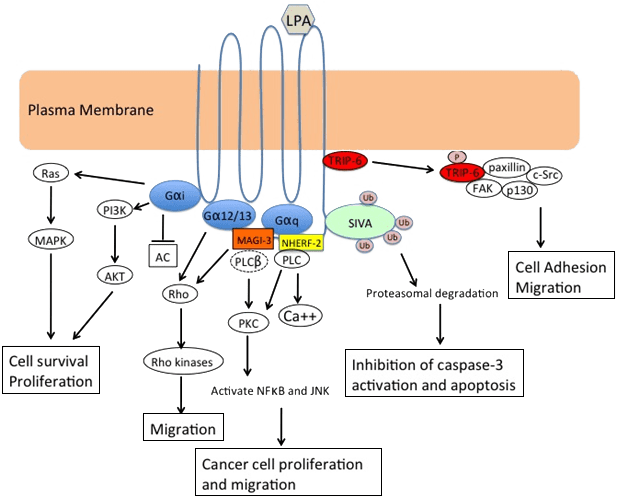
Downstream of LPA receptor activation, the small GTPase Rho can be activated, subsequently activating Rho kinase. This can lead to the formation of stress fibers and cell migration through the inhibition of myosin light-chain phosphatase.
Metabolism
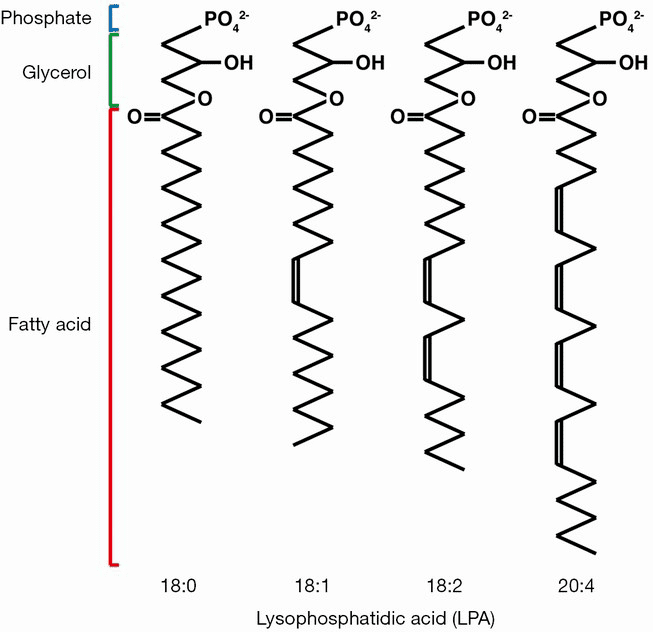
There are a number of potential routes to its biosynthesis, but the most well-characterized is by the action of a lysophospholipase D called autotaxin, which removes the choline group from lysophosphatidylcholine.
Lysophosphatidic acid is also an intermediate in the synthesis of phosphatidic acid.

